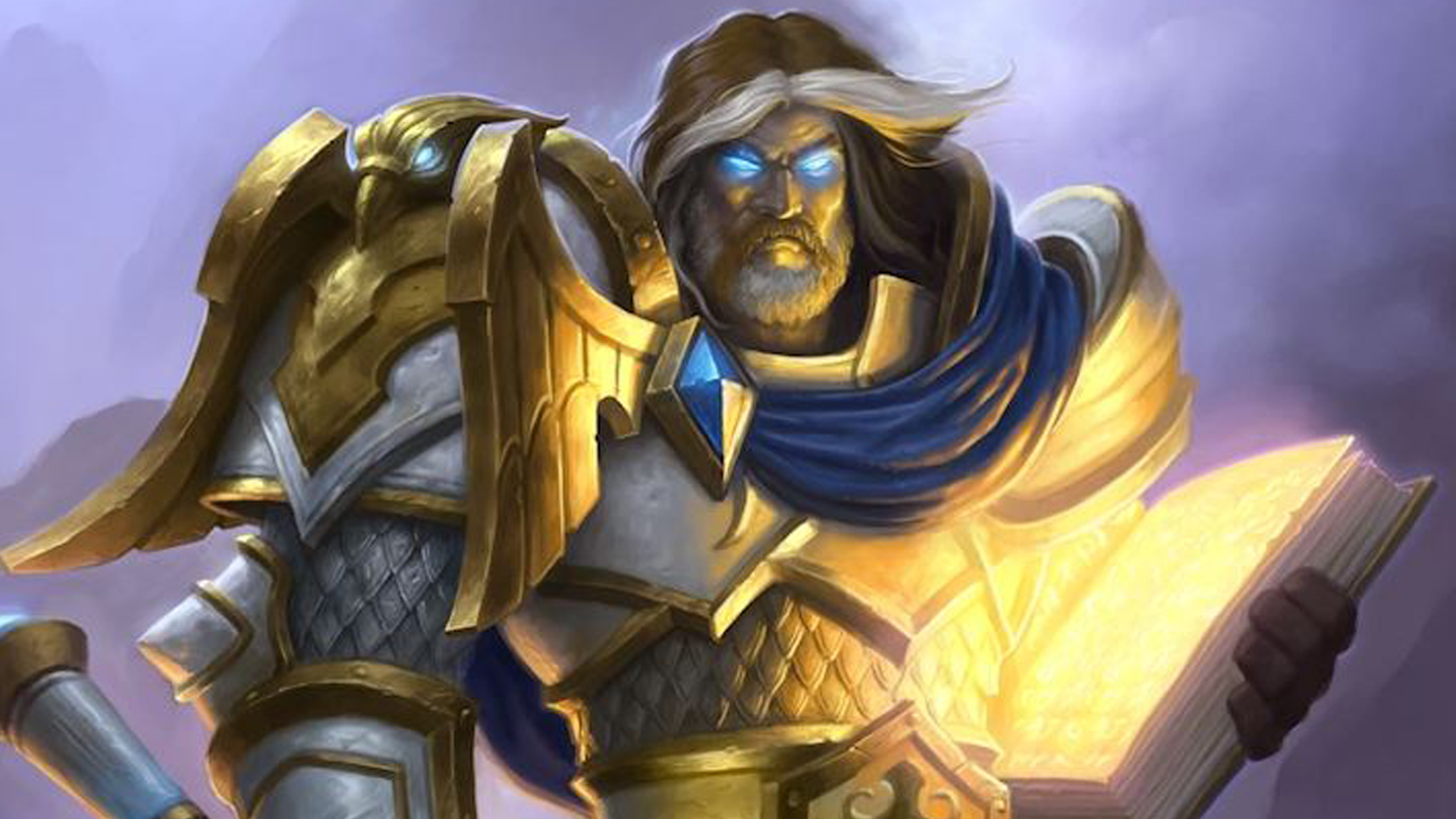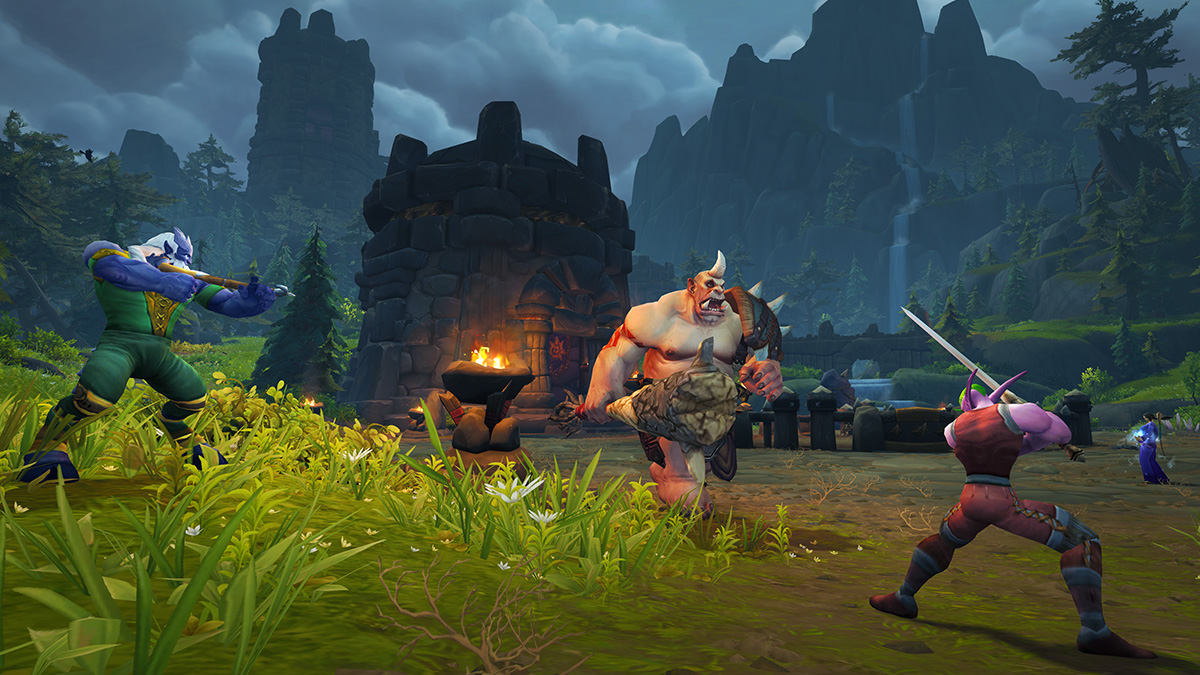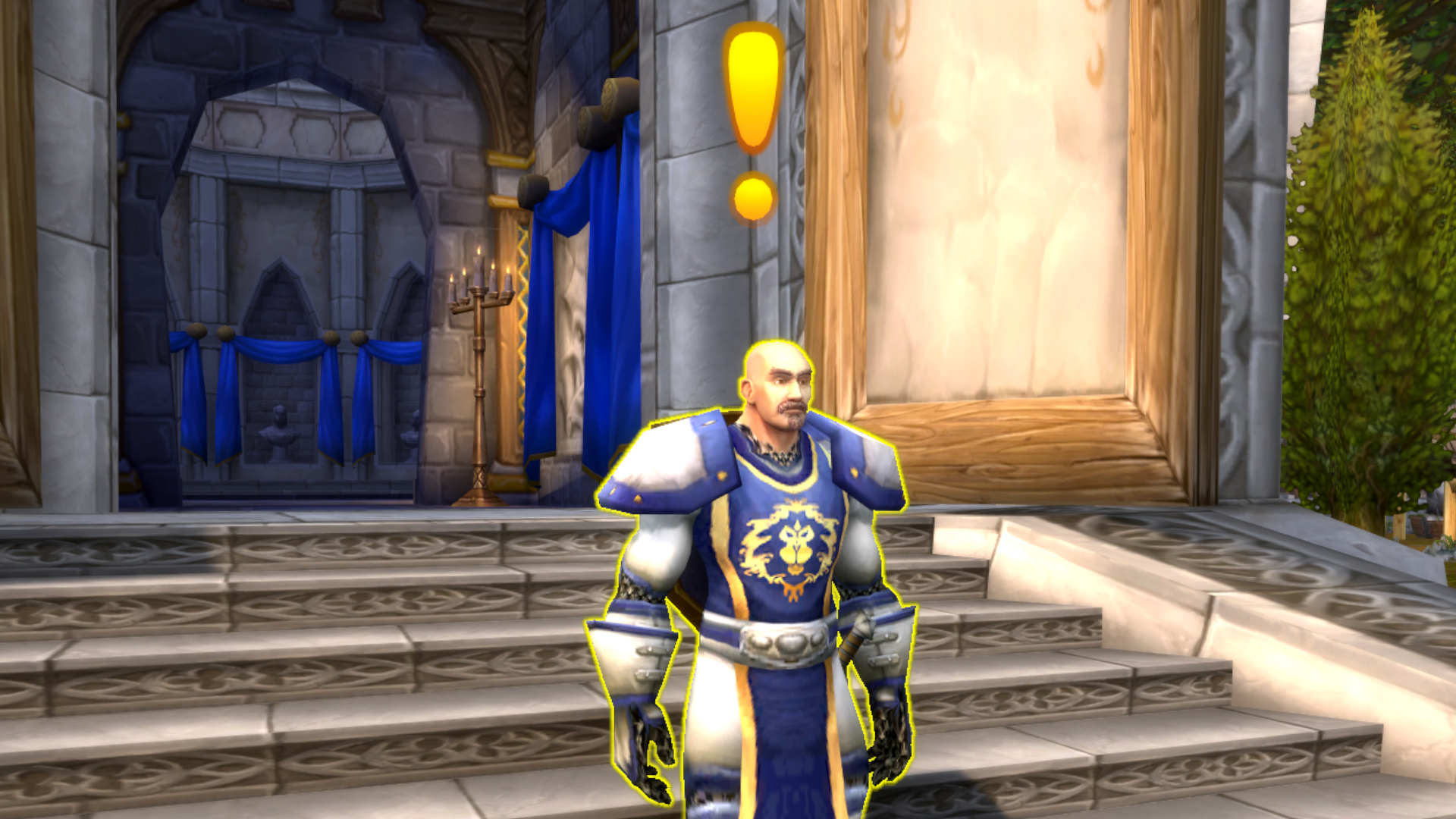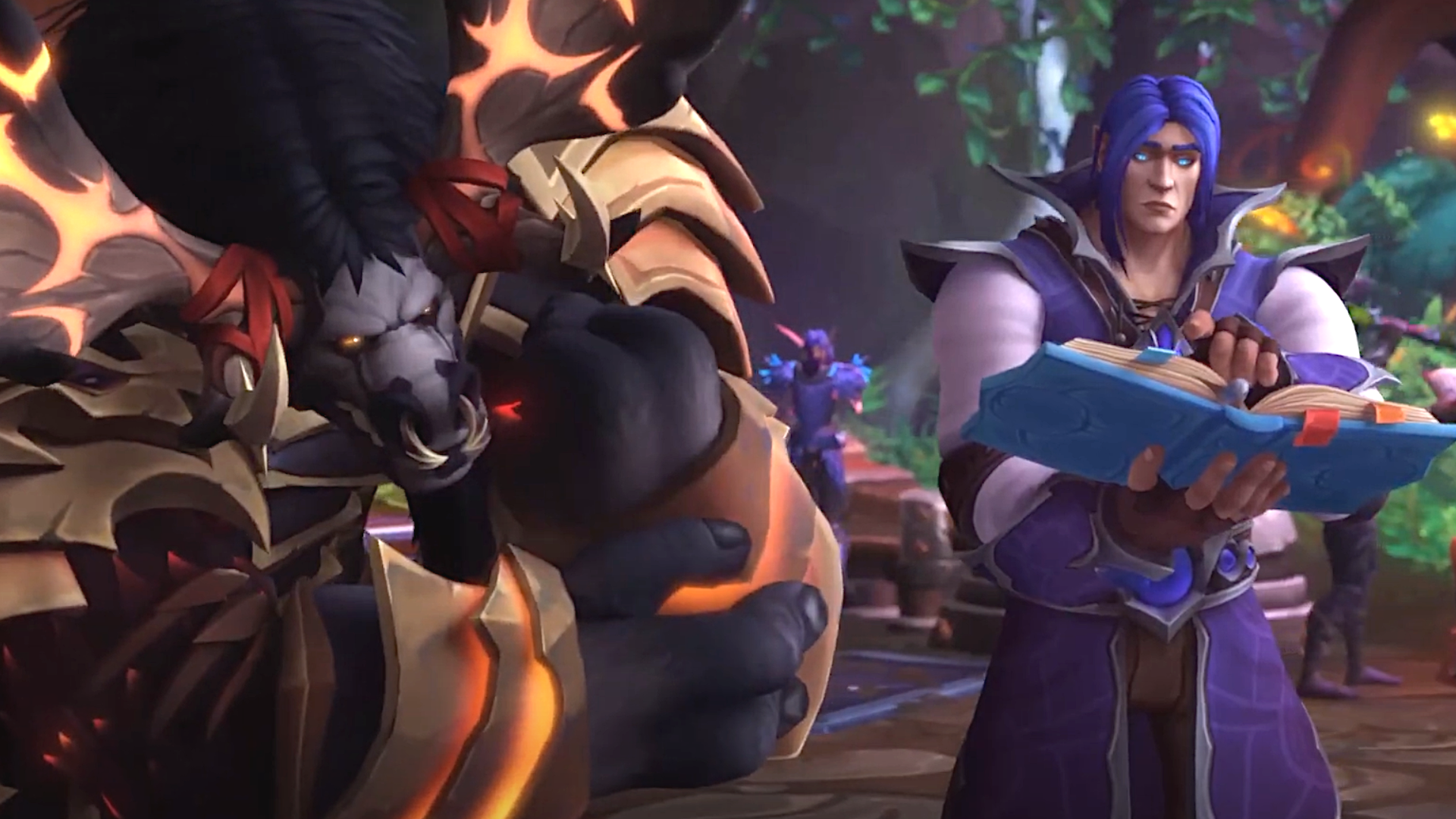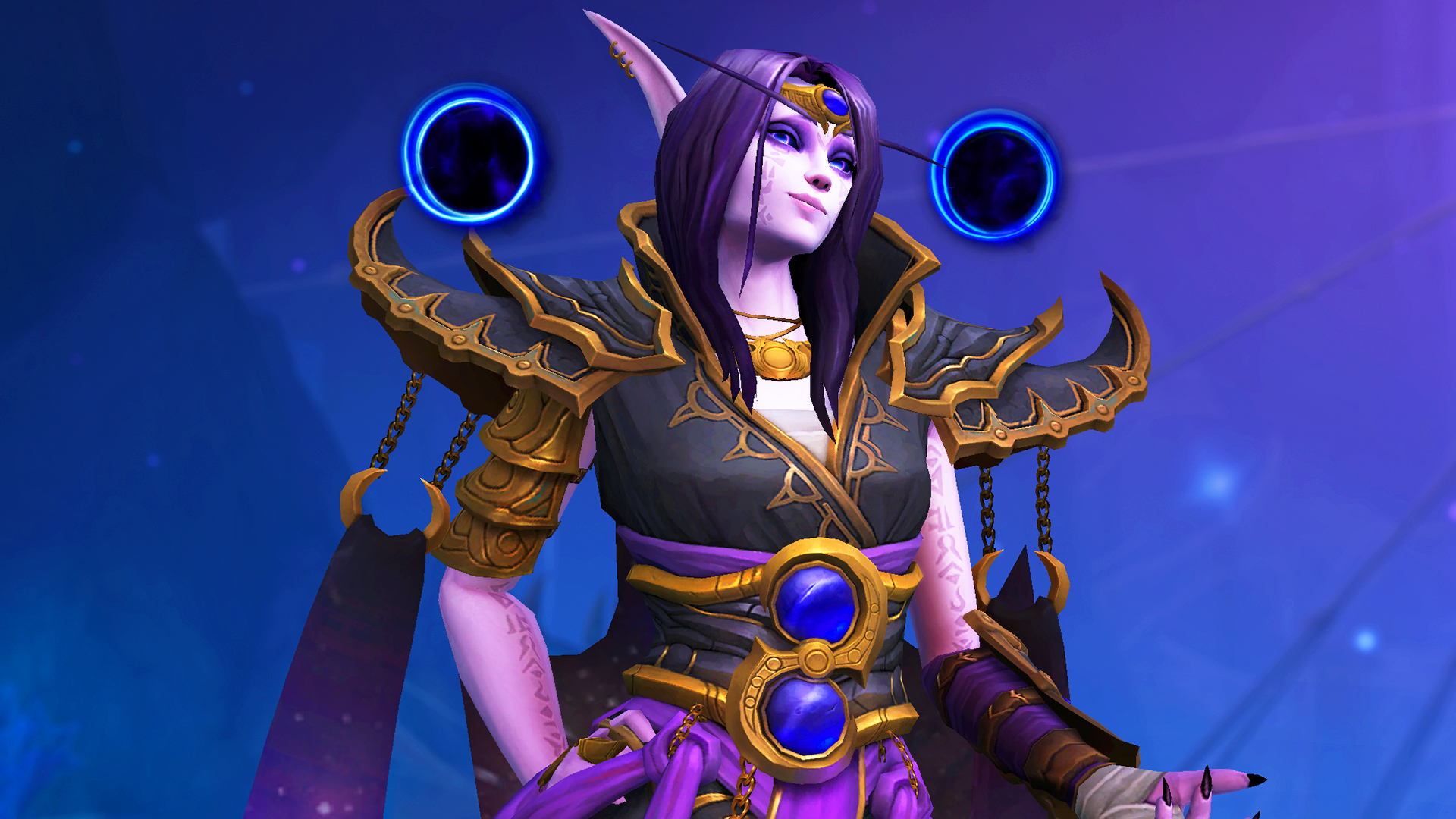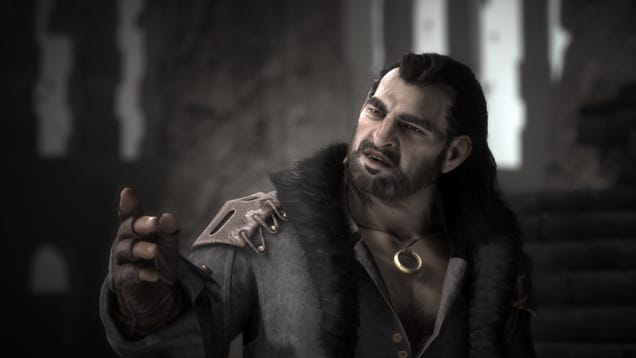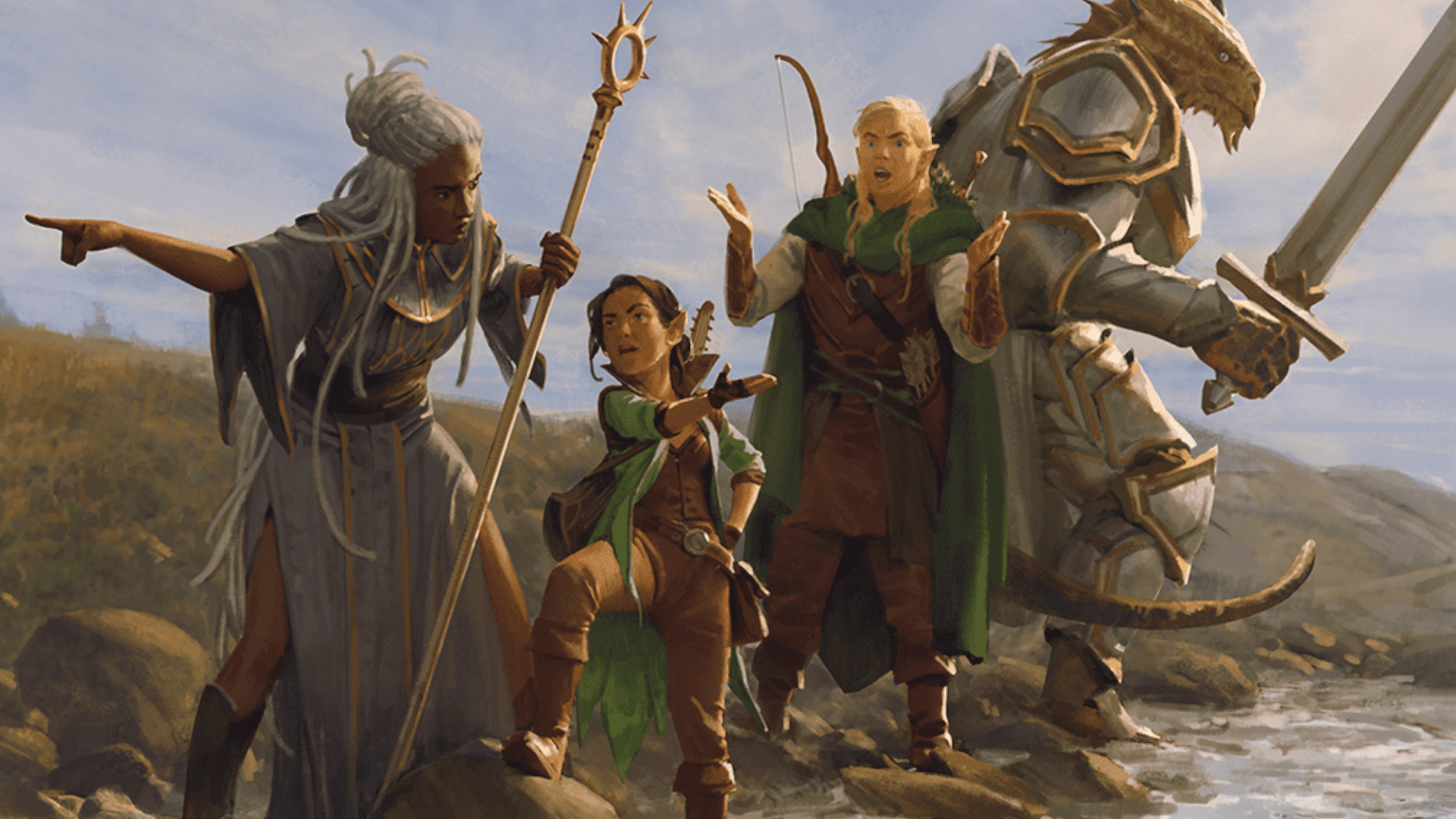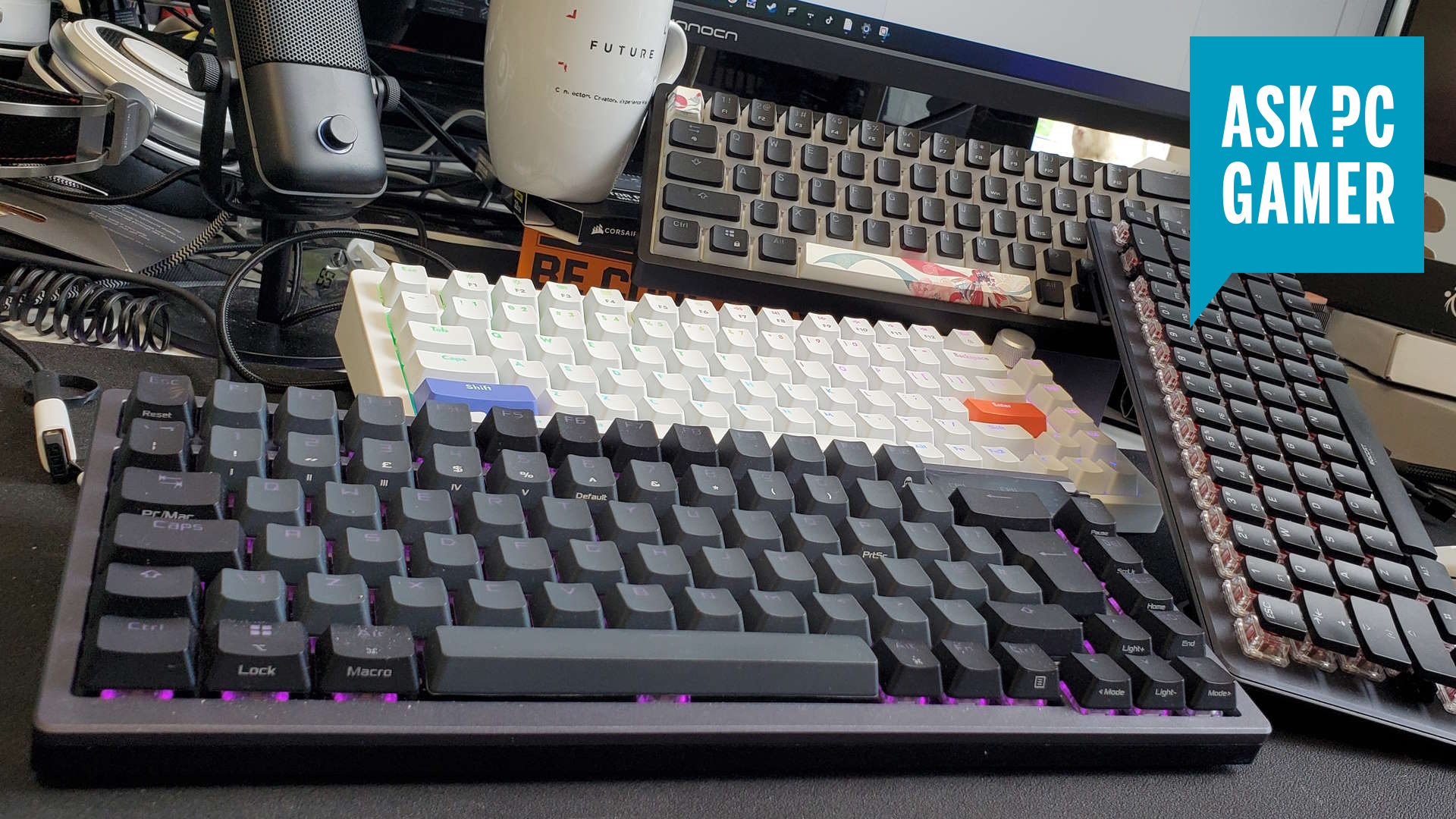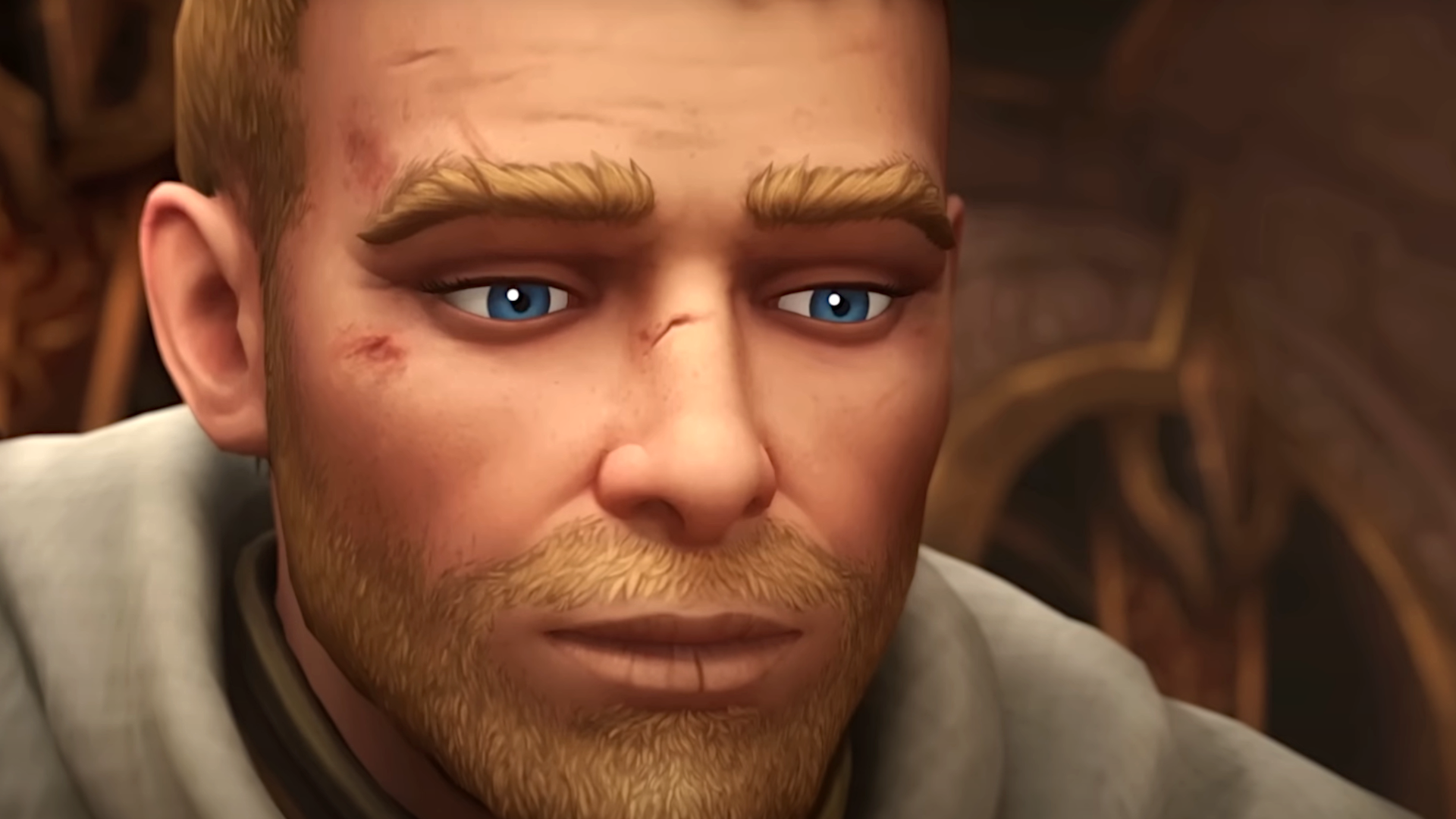
Love it or hate it, it's probably what we deserve.
World of Warcraft’s turning 20 years old soon, which means it’s just one year away from being able to drink in the US, and two years into getting sloshed at the student union in the UK. Unlike me at that age, however, it’s actually accomplished a ton. It was the first MMO to really achieve mainstream success and stay rooted there—becoming an engine of popular culture, rather than an occult activity practised in the shadows.
One thing I think it’s easy to take for granted is how many mechanics WoW popularised that have, for good and for ill, become standard practice in PC gaming. Our DNA is flooded with World of Warcraft, and almost every modern title has a little bit of its scattered genetic codestuff inside.
To make one thing clear—this is not a history of mechanics or ideas that WoW invented, although it did author some. Rather, this is a game that has excelled in spreading, codifying, and in some cases streamlining the ideas of its forebears. As a matter of fact, let me start with one it explicitly transformed more than it created.
The holy trinity
Hi, EverQuest players—I probably just raised your blood pressure a bit. Not as much as I did for seasoned, grizzled TTRPG fans. Allow me to explain.
The holy trinity has been around since before World of Warcraft—it arguably got its start on the tabletop. The original D&D rules from 1974 only had three classes: the Fighting man (it was a different time), the Cleric, and the Magic user. This set the broad template that EverQuest would pick up, with a holy trinity forming around the Warrior, Cleric, and Enchanter.
The key difference here is that in EverQuest’s trinity, the Enchanter was meant to provide crowd control—and don’t get me wrong, WoW had this too on its launch. Polymorphing was important. But every expansion made it a little less relevant. Nowadays, unless you’re doing the highest reaches of Mythic+, crowd control boils down to interrupting enemy abilities. And WoW, to me, feels like the major tipping point of a game transforming this third role from enchantment to damage. Raw deeps. Pumping numbers.
This template, forged in the fires of Mt. Gygax, adopted by EverQuest, and then beaten into shape by WoW, has been inescapable ever since. Hero shooters like Overwatch, for instance, entirely build themselves around it—the definitions of what exactly a healer or a damage dealer are can be fluid, sure, but they’re always there, and they bend towards hurting people rather than holding them. In MOBAs, tanks become initiators, healers become ‘support’ heroes with early-game power, and DPS characters become late-game carries.
I personally think WoW slowly pushing the lever from ‘control’ to ‘DPS’ is a bit of a bad thing. As a certified City of Heroes enjoyer, the ‘Controller’ archetype has always had a special place in my heart, and I miss the fantasy of manipulating the battlefield. Though, part of why WoW left this in the dust was also due to something else it popularised: Groups just aren’t mandatory, anymore.
MMO, but solo
While the halcyon days of World of Warcraft classic are praised for being community-focused, with players needing to band together to form guilds and gangs, it should be noted that even on release, WoW was actually considered one of the more solo-friendly MMORPGs out there. Everything’s relative.
In games like EverQuest and Final Fantasy 11, grouping for content wasn’t just a suggestion, it was basically mandatory. City of Heroes, which was released in the same year, also designed around this assumption—though some of its archetypes were better at holding their own than others. If you didn’t have a group to rock with, you were toast at worst, and inefficient at best.
Then along saunters World of Warcraft, bucking the trend—group quests were signposted as such, and you still had to holler in general chats to form groups for dungeons, but other than that? Most of the game’s levelling content could be done solo. You could hop in, knock out a couple of quests, and treat other players as an ambient experience that’d only occasionally brush up against your psyche. Or they’d gank you mercilessly, if you were brave enough to be on a PvP server.
Even on release, WoW was actually considered one of the more solo-friendly MMORPGs out there.
In subsequent years, WoW’s only furthered that shift. Delves being the most recent example—scalable, instanced, dungeon-lite content. There’s also the new dungeon follower system and story mode raids. But this design philosophy goes way back: The dungeon finder, another thing WoW can be said to’ve popularised, does the same thing.
We see this behaviour in basically every game with an online function today. The Dark Souls series actually banks on player interaction being secondary—but even games meant to be MMOs can be played solo, and the likes of Guild Wars and Final Fantasy 14 have gradually shed their reliance on other players. Group content is its own little bubble now, rather than the mandatory norm.
This philosophy’s also a major part of the live service model—games like Destiny 2, Helldivers, and so on all make sitting down and communicating with other players helpful and good, but entirely optional, with matchmaking doing the work for you.
Quests. Like, in general
“Now hold on,” you might say, “Harvey, aren’t you going a little far, here?” To which I’ll reply, phooey! Yes, older games like EverQuest had quests, but WoW grabbed the core concept and so thoroughly codified it that it’s just goddamn everywhere, now. If you’re playing a game with quests or missions, chances are you’re playing in the same template Blizzard set out.
It used to be that MMO players would, primarily, grind the snot out of enemies (or mobs) in order to cash in that sweet XP. Quests existed, sure, but they were far more obfuscated than the “kill 10 boars” missions we know and loathe today.
Even back in Classic, when there was still a little grinding to be had, quests were notably a focus when compared to WoW’s competition. The language of exclamation points and question marks, now as common as red barrels and yellow climbing paint, originated in WoW. The game also popularised the idea of clearly signposting quest locations on its maps, partially due to addons popping up that helped players do the same thing.
WoW can be held responsible for XP grinds going from primary to supplementary.
Moreover, WoW properly established the idea of daily quests, an accursed but admittedly effective system that is now basically in every game, everywhere—even live services far away from the MMO genre, which’ll use daily missions to keep players on the hook.
Most RPGs—even ones in subgenres like the JRPG, where grinding is an assumed part of the experience—will often have quests be your primary source of either income or experience, in lieu of going to a field and hitting a hundred dogs. I mean, sometimes that’s still the play, but WoW can be held responsible for XP grinds going from primary to supplementary.
Like how a ton of people have a little Genghis Khan in them, most questing systems in RPGs and live service games can trace their origins back to the improvements and approaches that WoW pioneered. Personally, I’ll take being clearly Skinner boxed into playing my monthly sub over the sisyphean labour of killing 10,000 boars like that one South Park episode, but that’s just me.
Loot, battle passes, and the gear grind
WoW’s loot system set out the template for a ton of games to follow. For instance, while they have their birthplace in Diablo, the colour-coded loot icons that’re basically a goddamn given in anything with stats were properly popularised by World of Warcraft. There’s just something about the bland, dreary grey that universally tells gamers they’re looking at a trash item—while the elusive allure of purple signifies high-quality chic.
Throughout the years, WoW has further cemented that gear grind as a core pillar of its gameplay. While getting phat loot has been a thing since the days of pen-and-paper, there’s a reason that basically every MMORPG since has modelled its endgame on the concept of incremental, rising curves—numbers go up makes the neurons happy. The gradient has only grown smoother in WoW, and in MMOs in general, as time has gone on—providing even the most casual of casuals with a gear goal to grab.
This might be stretching the dough thin—but I also can’t help but see the origins of a battle pass system in the old rep grinds of yore, as well. The fact that WoW’s modern reputations look a hell of a lot like battle passes—with incremental boosts based on your faction rep—isn’t a coincidence. But even back in the day, without the fancy UI, WoW was steadily unlocking loot, mechanics, and rewards for you based on a secondary experience system.
I’m plunging into Pepe Silvia territory now, but you can even view the ‘borrowed power’ of artefact weapons and azurite armour (an idea WoW is trying to get away from, replacing it with cosmetics and the like) as a precursor to the battle pass. For what is an expansion but a season pass, an artefact weapon its XP track? I might be going overboard.
I love you like an altaholic
WoW’s influence is enormous; whether or not we’re grateful for it is a different matter. Should Blizzard be praised for birthing the loot treadmill? Furthermore, should it be given accolades for solidifying the daily questing loop, the death of mob grinding, the further isolation of players in online games, and the inescapable holy trinity? In my opinion, it’s not so simple as yay-ing or naying.
All of these mechanics have the potential to be tedious and exhausting, sure. But while ‘if it’s so easy to change, why don’t you do it?’ is a cheap shot under most circumstances, most games that try to break from the holy trinity are eventually dragged back in. As are online experiences without routine objectives, or games without loot grinds in their endgame. WoW popularised these things because they work, I’m sorry to say.
If we’re stuck in this quagmire, it’s because we’ve been playing in the mud for 20 years, and are likely to be happy splashing about in it for 20 years more. So here’s to you, World of Warcraft—happy birthday, and a pox upon your house for the pandora’s box of design you have unleashed. May you continue to vex us still.
